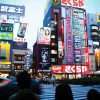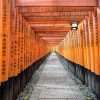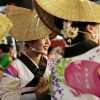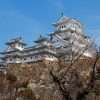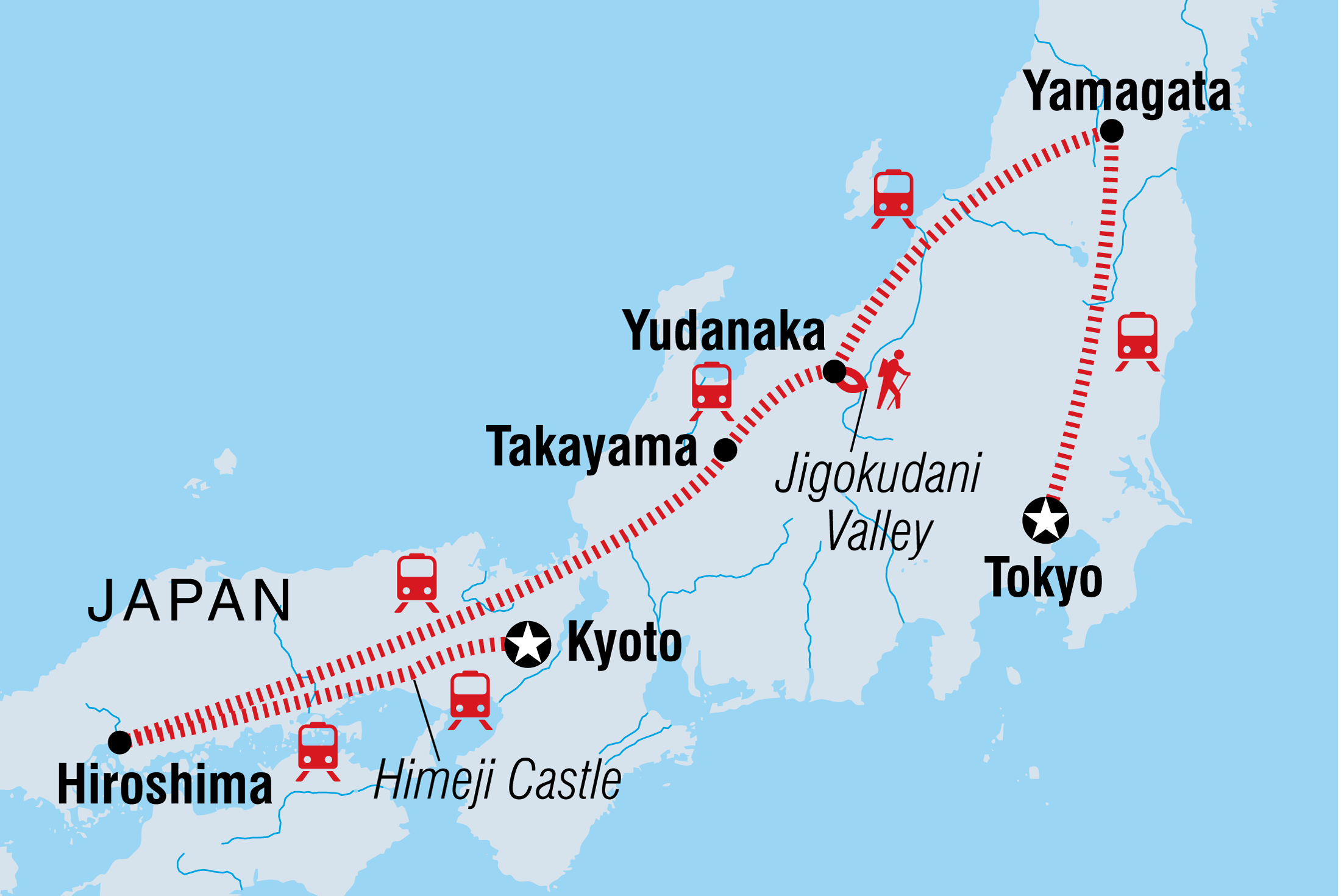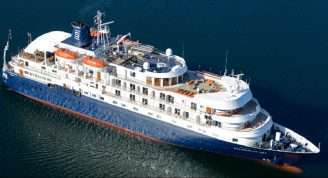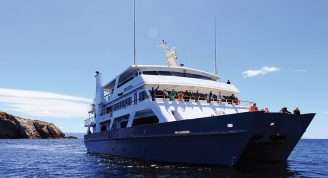Description
Ever-welcoming and always fascinating, Japan is a land of ancient cultures, austere traditions and groundbreaking technology. Experience the best that this diverse country has to offer from the excitement of lively Tokyo to the tranquil winter scenes in Yamagata. Watch the snow monkeys enjoy an onsen like a pro, feast on local delights at a Takayama market, take a sobering visit to the Hiroshima Peace Park and explore magnificent Kyoto temples. Discover ancient castles, magical winter wonders and fascinating feudal history on this authentic travel adventure. If you pack a good sense of humour and leave all inhibitions behind, the Land of the Snow Monkeys rarely disappoints.
- Japan is a year-round destination with something in store for every season, and this Land of Rising Sun looks especially spectacular in winter. We are taking you to some of the best winter destinations in Japan on this trip, mixed with the other must see highlights too.
- There’s no better way to get around Japan than the country’s famous railway system. Be impressed by the efficiency and ultra-modernity as you zip from place to place with your included 14-day Japan Rail Pass.
- Enjoy some proper winter experiences in Yamagata and Yunadaka, admiring the unique 'snow monsters' and watch the snow monkeys enjoy their hot onsen in snow.
- Stay in a ryokan (traditional Japanese inn) and sample simple home-cooked fare in Edo-era Takayama. Explore local markets, the Hida Folk Village and perhaps stop by a sake brewery.
- A visit to the Hiroshima Peace Park is a sobering but important experience for understanding the tragedies of Japan’s not-so-distant past.
- Finish off your time in the Land of the Snow Monkeys in Kyoto, the country’s 'cultural capital' and home to a stunning selection of temples, tea houses and frozen-in-time Zen gardens.
- Visit the country in a relatively quiet time, esp. in Takayama and Kyoto, that'll allow you more time to enjoy each destination without the crowds.





